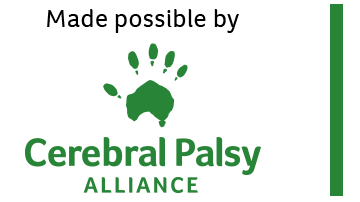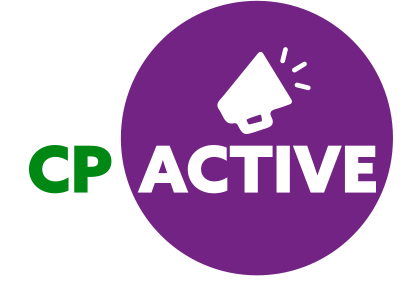We were privileged to have some of the world’s leading experts on cerebral palsy: Dr Cathy Morgan and Professor Iona Novak from Cerebral Palsy Alliance Research Institute, and Professor Rod Hunt from Murdoch Children’s Research Institute, join us at the launch of the Window of Opportunity campaign.
They spoke to our CPActive community to explain the science behind early screening for cerebral palsy, the impact of early treatment for infants, and why Australia doesn’t yet screen babies for CP.
“We want to start a [cerebral palsy] screening program for every baby in this country… irrespective of where they live, their postcode, whether they speak our English language or not,” said Dr Morgan.
“What we’re hoping to do with this program is put an opportunity into the hands of every parent.”
In Australia, cerebral palsy is the most common physical disability in childhood. But while we screen babies for hundreds of conditions when they’re born, CP isn’t one of them.
The reason: Australia’s policy hasn’t kept up with the science.
“Until fairly recently we just didn’t have the tests that allowed us to pick cerebral palsy with the accuracy that we can now detect it at a very early age,” Professor Hunt explained.
“Twenty years ago, when I was training as a paediatrician, we were deliberately taught that we shouldn’t make a diagnosis of cerebral palsy until children were two years old – because it was impossible to be certain about the diagnosis any earlier than that.”
BaMS for Bubs: how it works
Our campaign is asking for a national program called BaMS for Bubs: Baby Movement Screening for every baby born in Australia.
There are a few different steps involved in detecting cerebral palsy in infants. BaMS for Bubs begins with a simple short video of a baby, which can be captured by their parents on a smartphone.
“There are three tests that, when used together, can predict cerebral palsy with 98% accuracy,” Dr Morgan said.
“We can watch a video of a baby, just for a few minutes, three minutes, and people who are trained scorers whether… those spontaneous movements of a baby are typical or atypical.”
The benefits of early intervention
We have the technology to detect cerebral palsy at a very early age. However, some people still question the benefit of doing so.
Professor Novak had three answers for them.
“Early diagnosis is the gateway to early intervention. We think of three important things when it comes to early intervention,” she said.
“Number one: neuroplasticity. To help the child to learn the skills that they want. So, to smile at their mum and dad, to give them a hug, to sit up.
“We think about parent support because it’s a really stressful time and we know that parents that are supported have better wellbeing in the long run.
“The third thing is there are complications that can happen with cerebral palsy, so by starting intervention early we can prevent many of those complications.”
What you can do
The science is in: Australia needs BaMS for Bubs to open the window of opportunity for every baby, and every family. With your support, we can make it a reality.
If you haven’t already, sign the petition to the Federal Government here!
If you have experience with receiving a CP diagnosis and treatment, either your own or a family members, you can share your story with CPActive here.
Check out the highlight video from the expert panel below!

